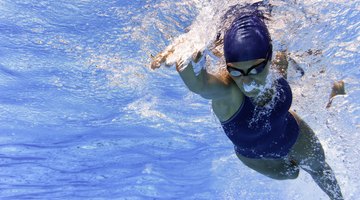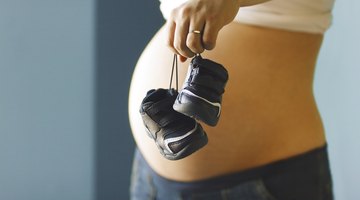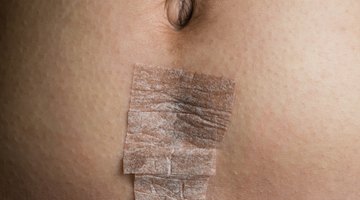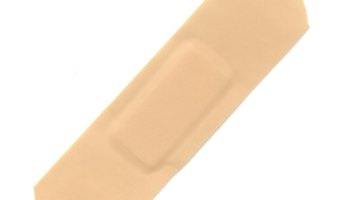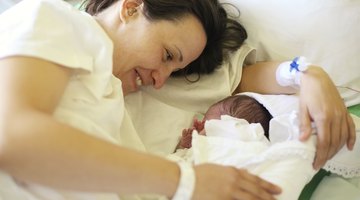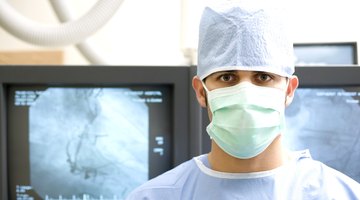How to Recover From Gallbladder Removal Surgery
Gallbladder removal, or cholecystectomy, is usually performed with a laparoscope or tiny camera that allows the surgeon to remove the gallbladder through a small incision.
Laparoscopic cholecystectomies are less invasive than the alternate "open" procedure of using a large incision, so the patient recovers more quickly and with less pain. On the rare occasion that the open procedure is used, patients stay in the hospital for several days and it takes weeks for them to recover. In contrast, laparoscopic cholecystectomy patients are sent home the day of surgery or the day after and recover within a week after the procedure, according to the National Institute of Diabetes and Digestive and Kidney Disease.
Laparoscopic Cholecystectomy
Drink plenty of fluids, beginning with sips after surgery and increasing as tolerated. Dehydration slows healing and may make you feel tired.
Get out of bed as soon as allowed after surgery and increase your activity over the next few days. Walking helps to rid your body of gas and prevents constipation. Avoid lifting anything that weighs 10 pounds or more for the first two to three weeks, according to the University of Wisconsin Hospital.
Eat a high-fiber diet to prevent constipation. Include at least four daily servings of fruits and vegetables, as well as four servings of bread or cereal. Avoid foods high in fat at first. According to the University of Wisconsin Hospital, you may add them into your diet later.
Keep your incision clean and dry for the first twp days. When you are allowed to shower, gently pat the incision dry. If your clothing rubs on your incision, you may want to place a clean, dry bandage over it. Avoid soaking in a bathtub, hot tub or swimming pool for about two weeks or until the incision has healed, according to the University of Wisconsin Hospital.
Take pain medication according to your surgeon's instructions. Pain in the surgical area is normal for the first few days. If you feel pain in your shoulder, it is probably caused by gas and will dissipate in a few days.
Call your doctor if you notice signs of a wound infection, including pus or blood; swelling; warmth; a fever; or uncontrolled pain.
Open Cholecystectomy

When Can I Take a Bath After Giving Birth
Learn More
Follow your surgeon's and nurses' instructions regarding activity and diet for the time that you are in the hospital, which may be as long as three to seven days.
Follow discharge instructions carefully. It will take several weeks to recover after open surgery, according to the National Institute of Diabetes and Digestive and Kidney Diseases. Gradually increase your activity and intake, being careful not to push yourself too hard.
Check your wound every day for signs of infection. Unless you are instructed otherwise, keep the dressing clean and dry. Do not shower or bathe in a tub until instructed to do so. If you have a drain in the incision, request instructions about how to care for it, as some drains need to be emptied periodically.
Breathe deeply and cough every hour to prevent pneumonia. If you have been given a device to aid deep breathing, use it every hour as well. When you cough, hold a pillow tight against your incision site to reduce the pain.
Avoid lifting anything that weighs 10 pounds or more for four to six weeks after surgery, according to the University of Wisconsin Hospital.
Take pain medication according to your surgeon's instructions. Do not drive while taking narcotics.
Tips
Make your recovery easier by planning ahead. Arrange for someone to assist with household chores and errands after surgery. Plan light, balanced meals and make sure you have comfortable, non-binding clothing to wear until your wound has healed.

